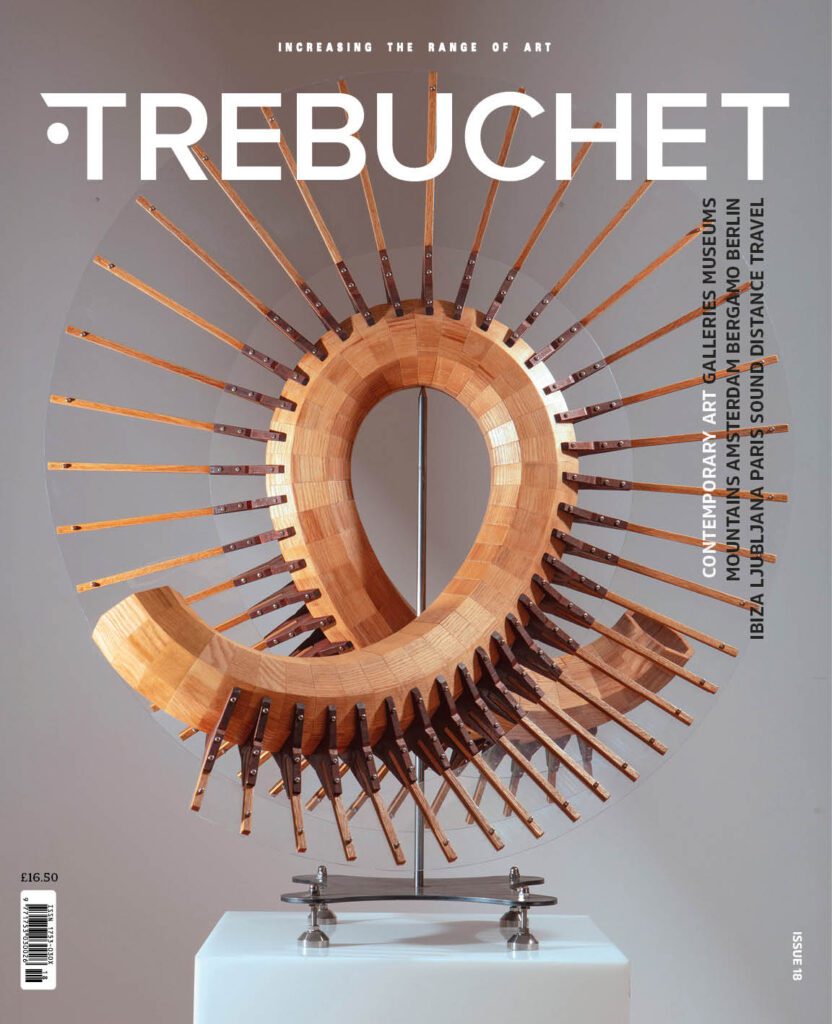Good news for Snapchat sexters – techies have found a way to quantum-encrypt your mucky phone messages.
Which means that, by the arcane manipulation of the microweeny spaces between electrons and their proton/neuron nuclei, you can send as many selfies of your genitals as you like, secure in the knowledge that, once viewed, they will disappear into the ether, never to be seen again. Your future in mid-west conservative politics, the upper hierarchy of the Catholic church, or bunga-bunga politics is thus secure.
Unless you sexted someone who knows how to use the screengrab function.
Secure mobile communications underpin our society and through mobile phones, tablets and laptops we have become online consumers. The security of mobile transactions is obscure to most people but is absolutely essential if we are to stay protected from malicious online attacks, fraud and theft.
Currently available quantum cryptography technology is bulky, expensive and limited to fixed physical locations – often server rooms in a bank. The team at Bristol has shown how it is possible to reduce these bulky and expensive resources so that a client requires only the integration of an optical chip into a mobile handset.
The scheme relies on the breakthrough protocol developed by CQP research fellow Dr Anthony Laing, and colleagues, which allows the robust exchange of quantum information through an unstable environment. The research is published in the latest issue of Physical Review Letters.
Dr Anthony Laing said: “With much attention currently focused on privacy and information security, people are looking to quantum cryptography as a solution since its security is guaranteed by the laws of physics. Our work here shows that quantum cryptography need not be limited to large corporations, but could be made available to members of the general public. The next step is to take our scheme out of the lab and deploy it in a real communications network.”
The system uses photons – single particles of light – as the information carrier and the scheme relies on the integrated quantum circuits developed at the University of Bristol. These tiny microchips are crucial for the widespread adoption of secure quantum communications technologies and herald a new dawn for secure mobile banking, online commerce, and information exchange and could shortly lead to the production of the first ‘NSA proof’ mobile phone.
Source: University of Bristol
Image: Ryan McGuire

Some of the news that we find inspiring, diverting, wrong or so very right.





















